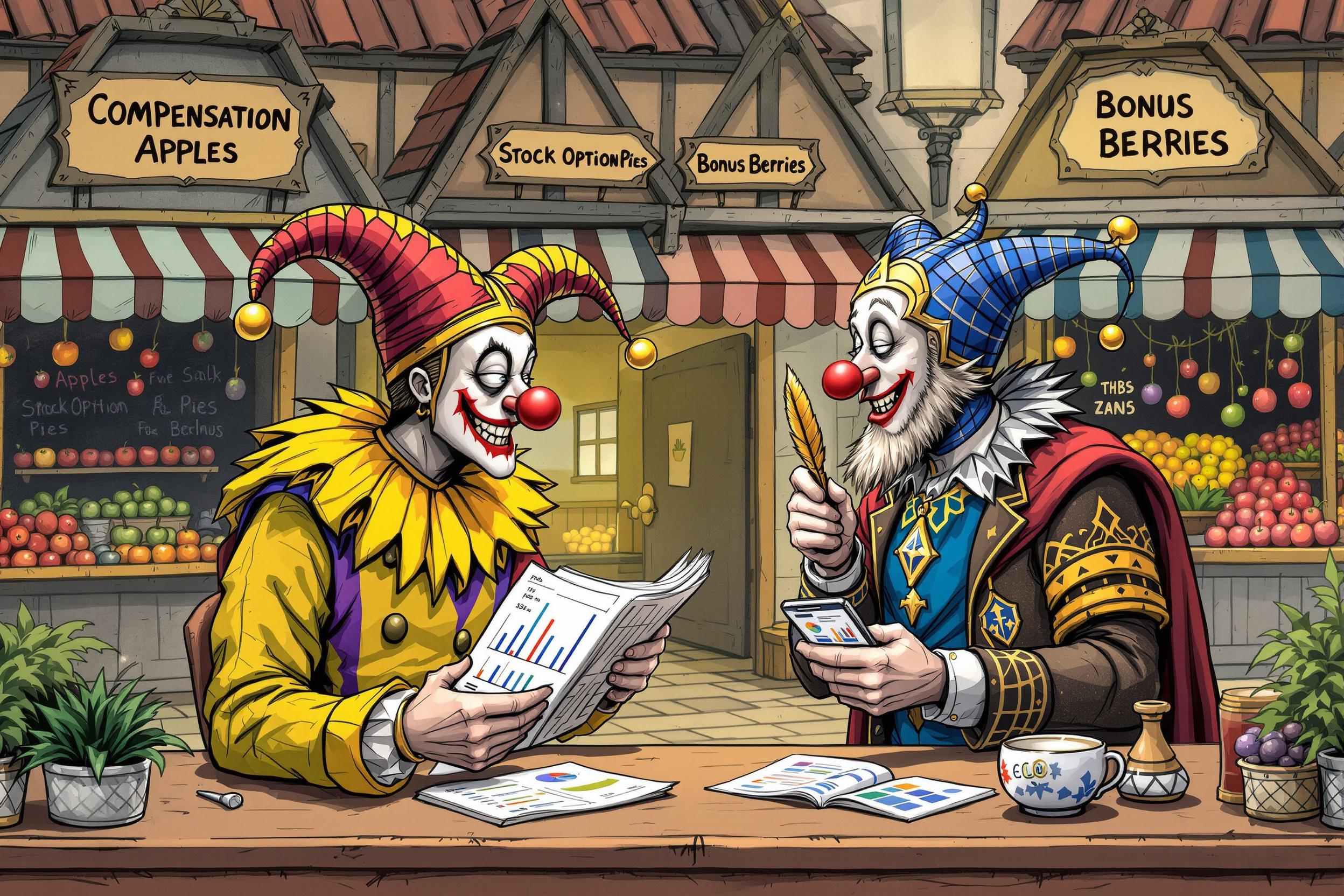
Pour Cost
Pour cost is a key measurement used in restaurants and bars to track how efficiently drinks are being served and sold. It's like a report card that shows how well a business manages its beverage costs compared to sales. For example, if liquor costs $100 and generates $400 in sales, that's a 25% pour cost. Restaurant managers aim to keep this percentage low through proper portioning, pricing, and preventing waste. This term might also appear as "beverage cost percentage" or "liquor cost" in job descriptions. Understanding pour costs is essential for roles involving bar management or restaurant operations.
Examples in Resumes
Reduced Pour Cost from 28% to 21% through implementing strict inventory controls
Trained bar staff on proper measuring techniques, resulting in improved Pour Costs
Managed bar operations with consistent Pour Cost below industry standard
Typical job title: "Bar Managers"
Also try searching for:
Where to Find Bar Managers
Professional Organizations
Online Communities
Job Resources
Example Interview Questions
Senior Level Questions
Q: How would you develop and implement a strategy to improve pour costs across multiple locations?
Expected Answer: A strong answer should include setting standardized measuring procedures, staff training programs, inventory tracking systems, and regular audit processes. They should also mention analyzing trends and making data-driven decisions.
Q: What methods have you used to reduce pour costs while maintaining quality and customer satisfaction?
Expected Answer: Look for answers that balance cost control with customer experience, such as proper staff training, strategic pricing, waste reduction programs, and efficient inventory management systems.
Mid Level Questions
Q: How do you calculate pour cost and what is considered a good percentage?
Expected Answer: Should explain that pour cost is (total beverage cost ÷ total beverage sales) × 100, and mention that typical targets are 18-24% for liquor, 24-28% for beer, and 35-45% for wine.
Q: What steps would you take if you notice pour costs are rising?
Expected Answer: Should mention checking for overpouring, reviewing inventory procedures, examining pricing strategy, investigating possible theft, and implementing staff training.
Junior Level Questions
Q: What are the basic factors that affect pour cost?
Expected Answer: Should identify main factors like portion control, pricing strategy, waste management, and inventory accuracy.
Q: How would you train staff to maintain proper pour costs?
Expected Answer: Should discuss teaching proper measuring techniques, following recipes, using jiggers or automated systems, and the importance of consistent portioning.
Experience Level Indicators
Junior (0-2 years)
- Basic understanding of pour cost calculation
- Inventory counting and tracking
- Standard drink recipes and portions
- Basic staff training and supervision
Mid (2-5 years)
- Pour cost analysis and improvement
- Inventory management systems
- Staff training program development
- Cost control strategies
Senior (5+ years)
- Multi-unit pour cost management
- Strategic beverage program development
- Advanced cost control systems
- Financial analysis and reporting
Red Flags to Watch For
- Unable to explain basic pour cost calculation
- No experience with inventory management
- Lack of knowledge about industry standards
- No background in staff training or management
Related Terms
Need more hiring wisdom? Check these out...

Cutting HR Costs Without Sacrificing Quality: A How-To for Savvy Executives

The $100M Mistake: Hidden Costs of Rushed Leadership Hires (Data Study)

The Hidden Art of Salary Negotiation: How to Win Hearts Without Going Broke

